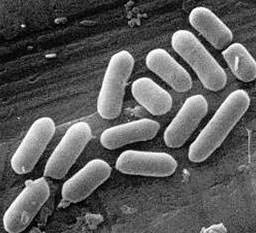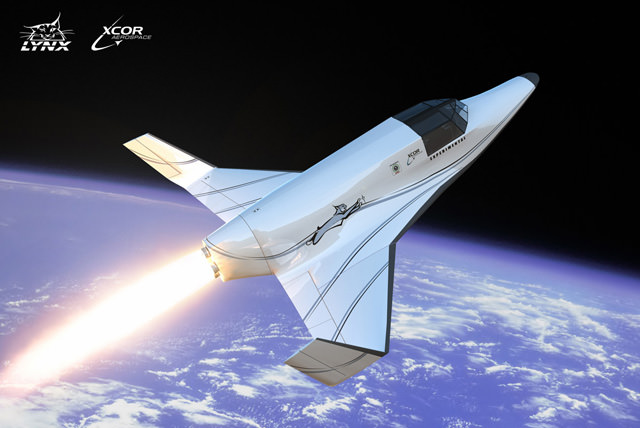[/caption]
The United States Rocket Academy has announced an open call for entries in its High Altitude Astrobiology Challenge, a citizen science project that will attempt to collect samples of microbes that may be lurking in Earth’s atmosphere at the edge of space.
Earth’s biosphere has been discovered to extend much higher than once thought — up to 100,000 feet (30,480 meters) above the planet’s surface. Any microorganisms present at these high altitudes could be subject to the mutating effects of increased radiation and transported around the globe in a sort of pathogenic jet-stream.

Citizens in Space, a project run by the U.S. Rocket Academy, is offering a $10,000 prize for the development of an open-source and replicable collection device that could successfully retrieve samples of high-altitude microorganisms, and could fly as a payload aboard an XCOR Lynx spacecraft.
XCOR Aerospace is a private California-based company that has developed the Lynx, a reusable launch vehicle that has suborbital flight capabilities. Low-speed test flights are expected to commence later this year, with incremental testing to take place over the following months.
Any proposed microbe collection devices would have to fit within the parameters of the Lynx’s 2kg Aft Cowling Port payload capabilities — preferably a 10 x 10 x 20 cm CubeSat volume — and provide solutions for either its retraction (in the case of extended components) or retrieval (in the case of ejected hardware.)
The contest is open to any US resident or non-government team or organization, and submissions are due by February 13, 2013. The chosen design will fly on 10 contracted Lynx flights in late 2013 or early 2014, and possibly even future missions.
Find out more about the challenge on the Citizens in Space site here, and check out an animation of the XCOR Lynx spacecraft below:

